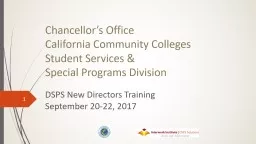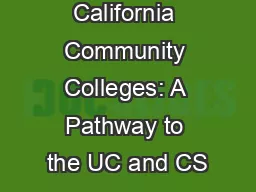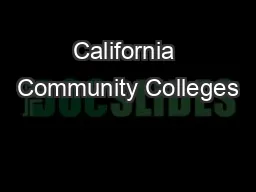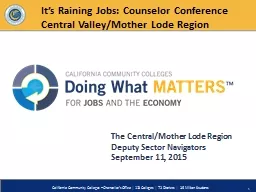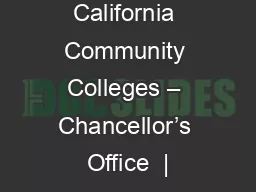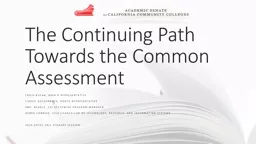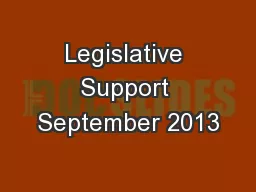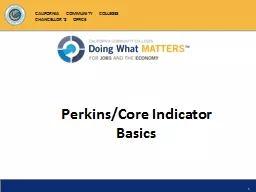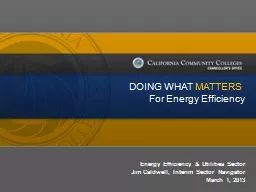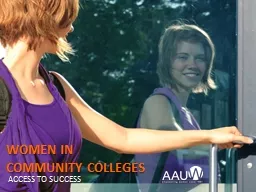PPT-Chancellor’s Office California Community Colleges
Author : jane-oiler | Published Date : 2018-03-20
Student Services amp Special Programs Division DSPS New Directors Training September 2022 2017 1 Presenters in alphabetical order Jill Baker DSPS Solutions Gail
Presentation Embed Code
Download Presentation
Download Presentation The PPT/PDF document "Chancellor’s Office California Commun..." is the property of its rightful owner. Permission is granted to download and print the materials on this website for personal, non-commercial use only, and to display it on your personal computer provided you do not modify the materials and that you retain all copyright notices contained in the materials. By downloading content from our website, you accept the terms of this agreement.
Chancellor’s Office California Community Colleges: Transcript
Download Rules Of Document
"Chancellor’s Office California Community Colleges"The content belongs to its owner. You may download and print it for personal use, without modification, and keep all copyright notices. By downloading, you agree to these terms.
Related Documents

